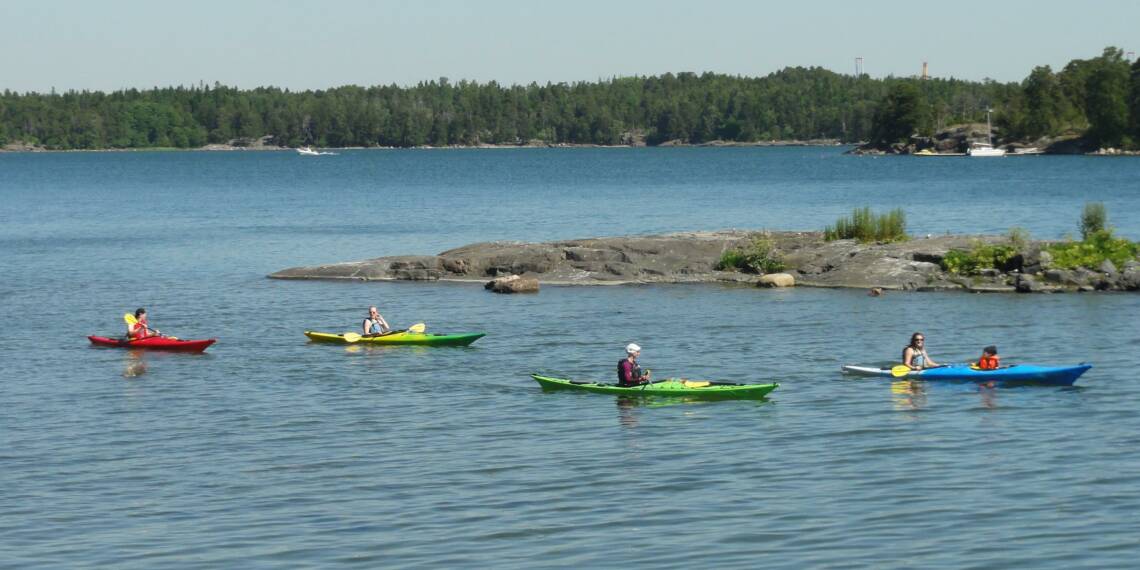
Finland has an active Baltic Sea Policy
In Finland, there are six different ministries involved in Baltic Sea Policy. These include the Ministry of Employment and the Economy, the Ministry of Agriculture and Forestry, and the Ministry of the Environment. The Office of the Prime Minister coordinates Integrated Maritime Policy of the European Union.
Under the authority of the Office of the Finnish Prime Minister, there is a steering group responsible for the development of national maritime policy. This steering group has also drafted a strategy for the Baltic Sea Region of Finland. This maritime policy is based on international regulations, EU legislation, and strategic guidance, which are implemented by national legislation.
The Baltic Sea Strategy outlines the priorities of Finland’s Baltic Sea Policy
The Baltic Sea Strategy of Finland outlines the priorities of the country’s Baltic Sea Policy. The Baltic Sea Strategy, which is similar to Finland’s Arctic Strategy, sets out a vision of Finland’s objectives for the development of the Baltic Sea region.
The strategy strives to link together international and regional objectives for the protection of the Baltic Sea and to coordinate their implementation locally. According to the vision of the Baltic Sea Strategy, a clean Baltic Sea with a vibrant marine nature is a protected and sustainable resource.
Besides protection, the strategy also considers the sustainable use of the Baltic Sea as a source of both natural resources and recreational use.
The driving force behind the Baltic Sea Strategy is its main objectives
The driving force of the Baltic Sea Strategy lies in the main objectives outlined by the EU Baltic Sea Strategy 2009, which aim to:
- to save the Baltic Sea,
- to connect the coastal areas of the Baltic Sea,
- and to increase wellbeing in the countries surrounding the Baltic Sea.
The strategy sets out actions which look to the future, as well as policy initiatives to boost its current implementation. Moreover, it outlines Finland’s key measures to promote the good condition status, security, and sustainable development of the Baltic Sea, to improve the competitiveness of the Baltic Sea region, and to safeguard Finland’s well-being.
The strategy also sets out objectives for the European Union’s Baltic Sea Policy and highlights the important role of provinces, cities, and NGOs in Baltic Sea cooperation work.